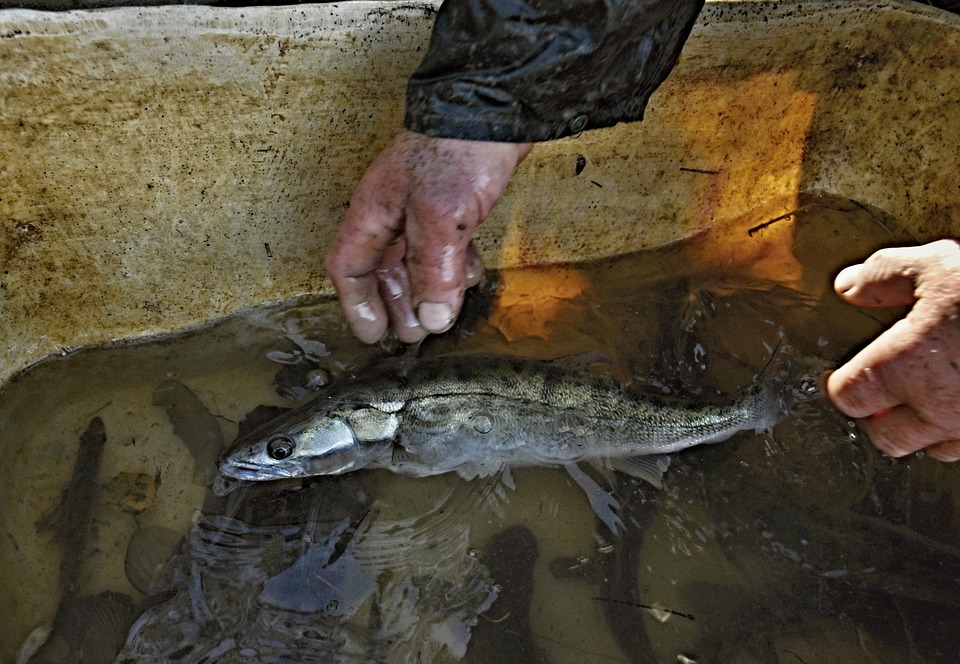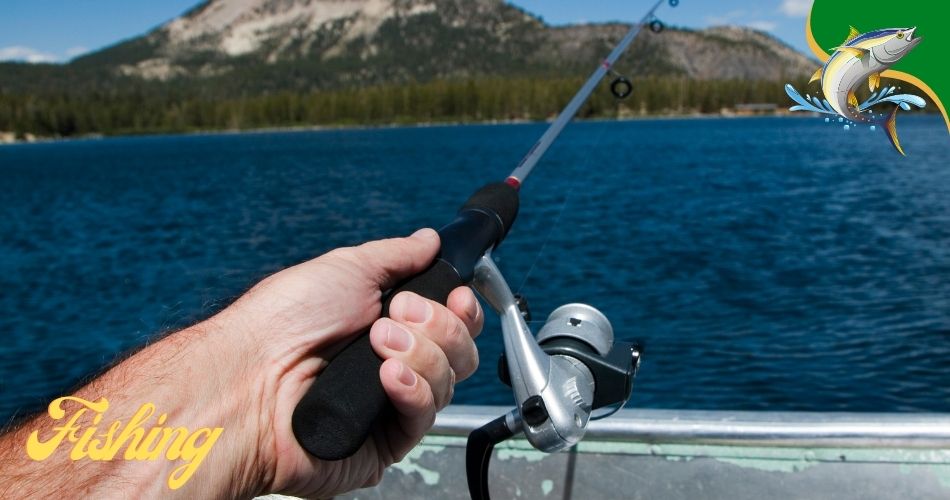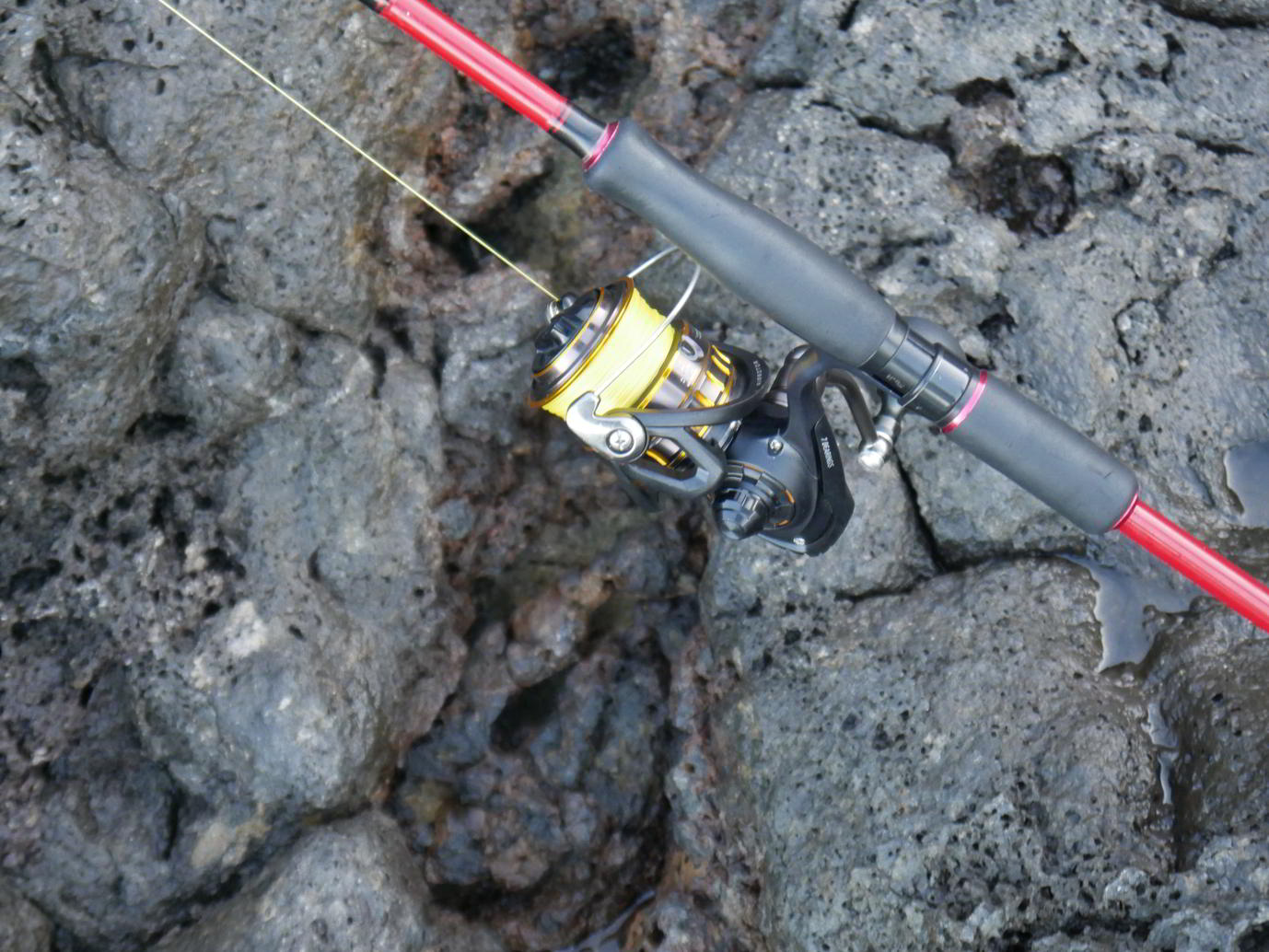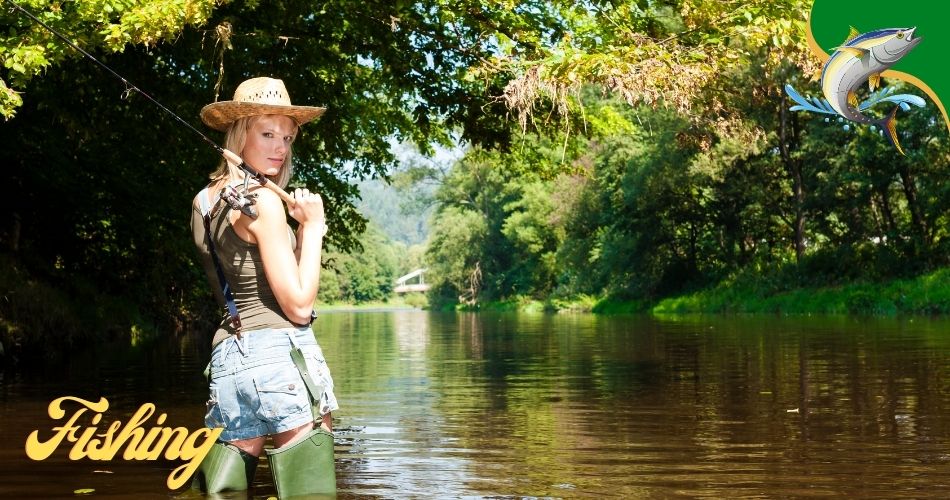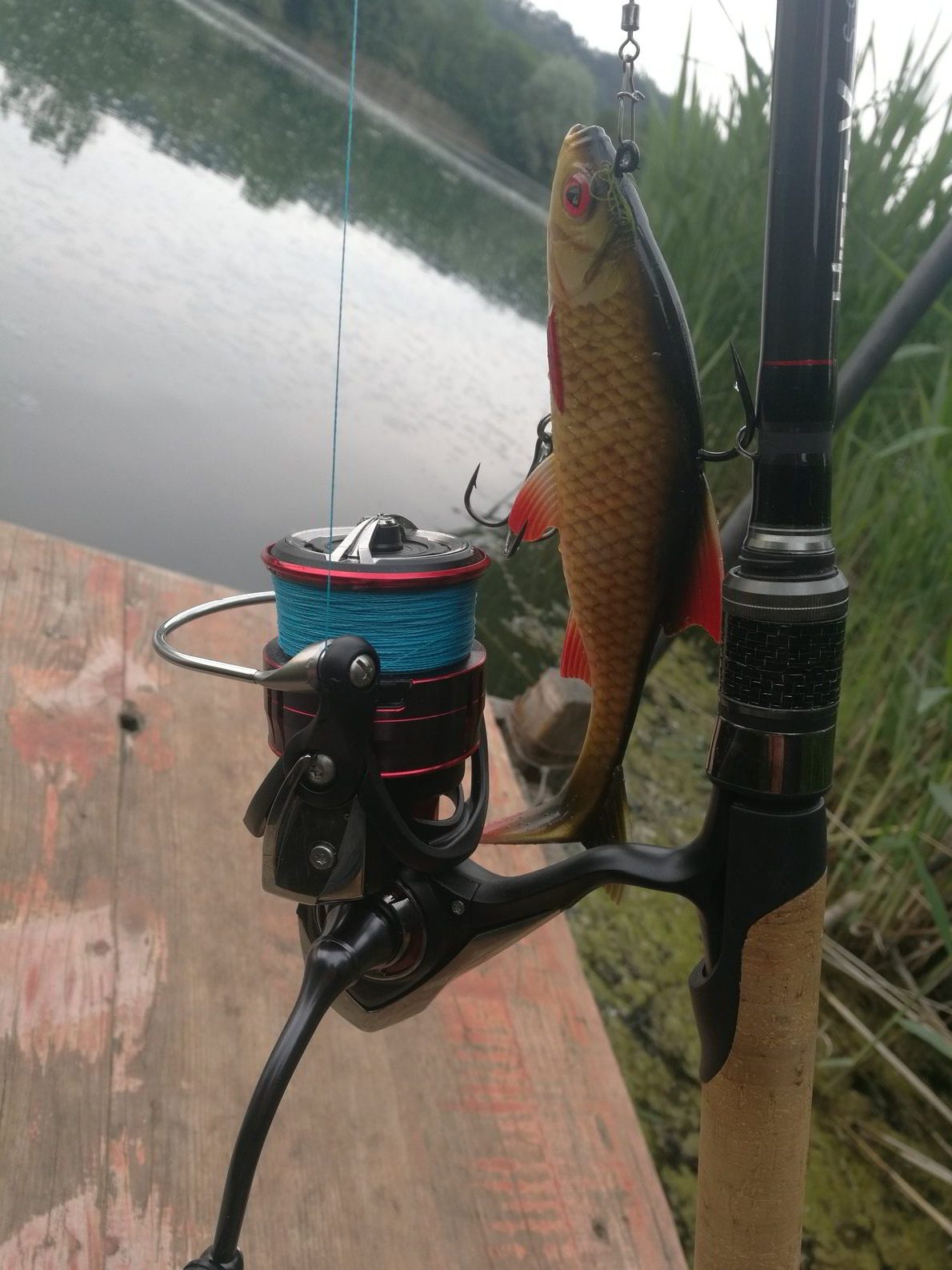Fishing is a great way to relax and enjoy the outdoors. Silverwood Lake is a…
The pikeperch
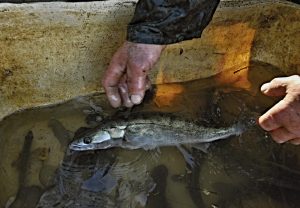
The pikeperch (Stizostedion lucioperca) belongs to the perch-like (Percidae) and has not only been one of the most popular fishing fish in Germany since the rubber fish was introduced.
Likelihood of confusion
A risk of confusion exists especially as young fish with Perch. But they can easily be distinguished from you by the missing thorn on the gill cover. Also as a juvenile fish there is still a risk of confusion with the ruff and Schrätzer.
Info: A close relative
A close relative of the pikeperch is the North American Walleye, which looks confusingly similar to this one, but is slightly smaller.
distribution
The pikeperch originally comes from Eastern Europe and is classified as alien in Germany, except in the Danube system. In 1880, pikeperch were stocked for the first time in the Rhine and were able to build stable stocks in the Rhine system in the Neckar and Main, among other places. Due to its great popularity as fishing rod and food fish, the pikeperch is stocked in many waters, even if it cannot sustain itself there. This is why the pikeperch is found in many German waters and, above all, in all river systems.
Particularly good pikeperch waters are the Rhine, the Oder and the Port of Hamburg.
In Europe the pikeperch is now also native to Spain and occurs in the north to Sweden. Its original distribution area extends over the entire Eastern Europe to the Caspian Sea.
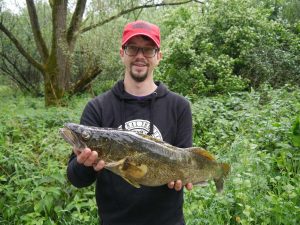
Size and world records
The official IGFA world record pikeperch weighs 11.48 kg and was caught in Lake Magiore in Switzerland in 2016. But there are also reports of a 14 kg pikeperch from a quarry pond and a 13.5 kg pikeperch from the Weser. Pikeperch reach a maximum length of 130 cm. From 80 cm one can speak of a capital and such fish are usually over 10 years old.
Laichzeit
The spawning season falls in the months April and May. The male guards the spawn and also protects the fry for some time. The males no longer come to prey and therefore hardly eat, but are extremely aggressive.
Closed seasons and dimensions of the pikeperch
In the following you will find all closed seasons and dimensions of the pikeperch in all federal states as of 2018. In individual waters these can be extended or changed. You can usually find this information on your permit or, in case of doubt, in the respective state fisheries ordinance or fisheries law.
Unfortunately, my great table doesn’t allow me to write minimum dimensions with “ß”.
behavior
Zander are active at night and at dawn so it falls best bite time in the evening or early in the morning. Because you can see very well in the dark with your extremely light-intensifying eyes (trapecum). When the water is cloudy, they are also active during the day. Otherwise they are often found in small groups along the edges of currents in rivers and under cover (e.g. dead wood) in lakes. In the main current itself, they can only be found at extremely low tide and are usually behind cover.
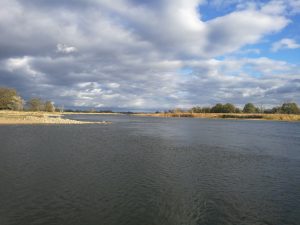
habitat
The pikeperch prefers cloudy but oxygen-rich waters. He does not like strong vegetation and prefers gravelly subsoil. Quarry ponds, in which gravel is still being dredged, are therefore often good pikeperch waters in which the fish feels comfortable and also reproduces.
Stands
The pikeperch typically lingers in gullies and depressions in rivers, so it needs some structure. In lakes he also prefers gravelly areas with some structure. In the evenings, pikeperch usually steal in the shallow water near the shore. You can find hot spots and stands in this post >>
Fishing for pikeperch – fishing techniques
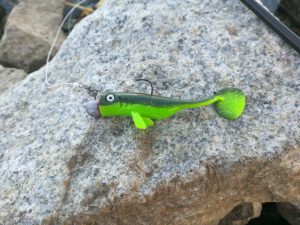
Pikeperch can be caught both with the dead bait fish and with spinning bait. Basically, they prefer rather slim baits like arbors, smelts and gudgeons. Most rubber fish for pikeperch are modeled after these baits.
In the case of dead bait fish, both the Pose, as well as due Tobe offered. An inconspicuous assembly with a very light and perfectly balanced pose is recommended. The bait fish can be offered floating above the bottom or near the surface at night. If a pikeperch suspects something or is bothered by something, it usually lets go of it immediately. Triplets and hooks are therefore best hooked into the head area of the bait fish.
At the Spin fishing for pikeperch can be tracked either at night with flat-running wobblers or during the day with rubber fish or other rubber baits on the jig head or dropshot system. Spin fishing with the Drakovitc system with a real bait fish is also very successful.
In aquaculture
Pikeperch are also kept and bred in aquaculture, but getting used to live food (Artemia) on dry food causes problems for young fish. Furthermore, the fish are cannibalistic but not quite as strong as perch and pike.
Pikeperch in the kitchen
The pikeperch is one of the best edible fish in freshwater and its firm white meat is a delicacy. Pikeperch have a very light taste of their own, which should not be covered too much with spices.
Fish in the supermarket mostly come from Eastern European fisheries or from aquaculture. The origin must be indicated on the packaging or in the display.
My favorite recipe: pikeperch in almond butter
ingredients: Butter, pikeperch fillet, grated almonds, salt and pepper. Jacket potatoes are recommended as a side dish.
Very simple and very tasty with pikeperch in almond butter, the natural fine taste of pikeperch comes into its own. The first thing to do is to dissolve plenty of butter in the pan and heat it, it shouldn’t turn brown. The fillets are first seared on the skin side and then turned over after 2-3 minutes. Now add the grated almonds to the pan and roast them until the fish is done.
